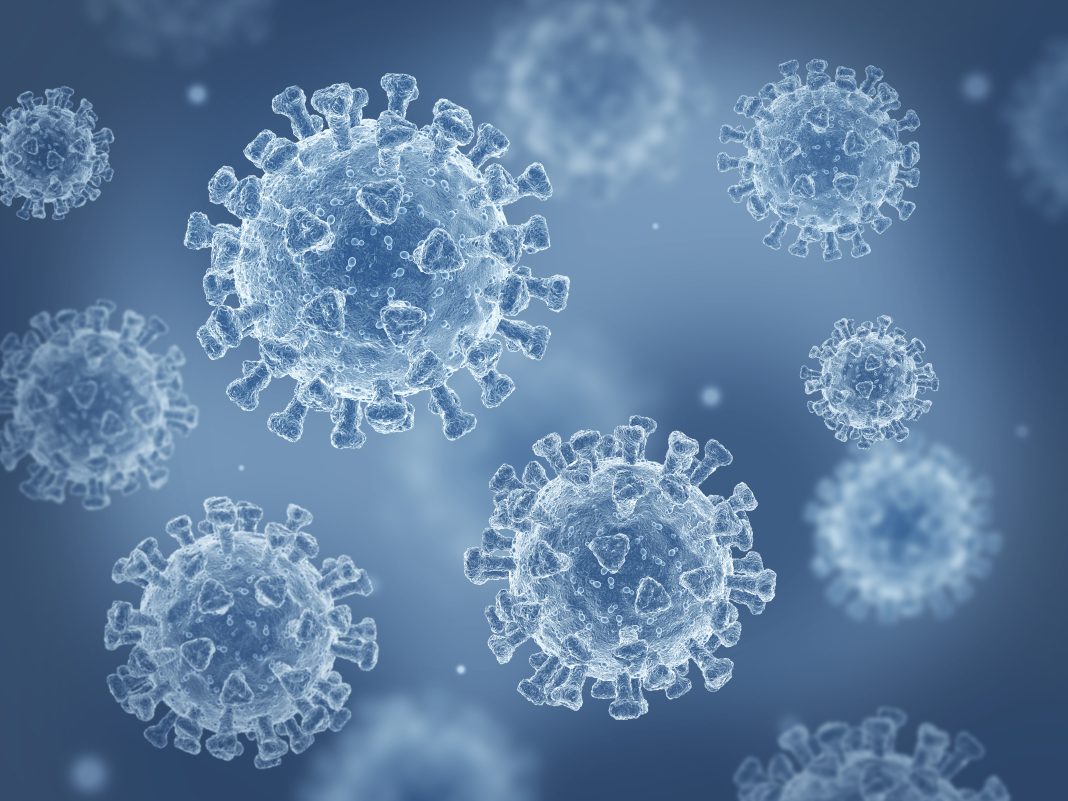There are currently two approved COVID-19 treatments that can be taken orally: nirmatrelvir-ritonavir (known as Paxlovid and developed by Pfizer) and Merck’s molnupiravir. They have both been shown to be effective and have both been used widely.
Now, in a new study, researchers have uncovered a link between molnupiravir and a distinct pattern of mutations in the SARS-CoV-2 virus.
This work is published in Nature, in the paper, “A molnupiravir-associated mutational signature in global SARS-CoV-2 genomes.”
Molnupiravir acts by inhibiting the RNA-dependent RNA-polymerase of the virus which, as an RNA virus, it uses for replication. The drug acts as a ribonucleoside analog for the enzyme. In doing so, molnupiravir functions as a mutagen, increasing the frequency of transition mutations in the viral genome. Many of these mutations will damage the virus, making it nonfunctional and diminishing the viral load in the body.
“In some patients,” Christopher Ruis, a research assistant from the department of medicine at the University of Cambridge, explained, “this process doesn’t kill all the viruses, and some mutated viruses can spread. This is important to take into account when assessing the overall benefits and risks of molnupiravir and similar drugs.”
Now researchers used global sequencing databases to map mutations in the SARS-CoV-2 virus over time. They analyzed 15 million SARS-CoV-2 sequences so that, at each point in each virus’s evolutionary history, they could see which mutations had occurred. The researchers identified mutational events distinct from the typical patterns of COVID-19 mutations, and that they were strongly associated with individuals who had taken molnupiravir.
More specifically, the team wrote that they identified “a mutational spectrum, with preferred nucleotide contexts, from viruses in patients known to have been treated with molnupiravir and show that its signature matches that seen in these long branches, in some cases with onwards transmission of molnupiravir-derived lineages.”
The mutational signature appears “almost exclusively in sequences from 2022,” coinciding with the introduction of molnupiravir. They were also more likely to be seen in older age groups, consistent with the use of the antivirals to treat people who are more at risk, and in countries which are known to have high molnupiravir use. In England, the researchers analyzed treatment data and found that at least 30% of the events involved use of molnupiravir.
The researchers also saw clusters of mutations, suggesting onward transmission from one person to another, although no established variants of concern are currently linked to this signature.

“COVID-19 is still having a major effect on human health, and some people have difficulty clearing the virus, so it’s important we develop drugs which aim to cut short the length of infection,” noted Theo Sanderson, PhD, postdoctoral researcher at the Francis Crick Institute. “But our evidence shows that a specific antiviral drug, molnupiravir, also results in new mutations, increasing the genetic diversity in the surviving viral population.”
“Our findings are useful for ongoing assessment of the risks and benefits of molnupiravir treatment,” Sanderson continued. “The possibility of persistent antiviral-induced mutations needs to be taken into account for the development of new drugs which work in a similar way. Our work shows that the unprecedented size of post-pandemic sequence datasets, collaboratively built by thousands of researchers and healthcare workers around the world, creates huge power to reveal insights into virus evolution that would not be possible from analysis of data from any individual country.”


